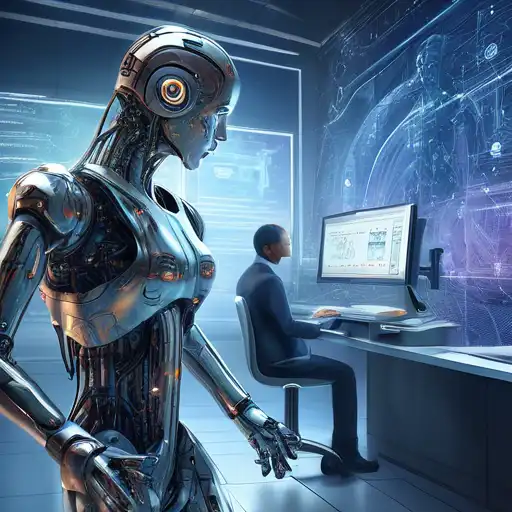Introduction to AI and Machine Learning
In the rapidly evolving world of technology, Artificial Intelligence (AI) and Machine Learning (ML) are two terms that often come up in discussions about the future of computing and automation. While they are closely related, they are not the same thing. This article aims to clarify the differences between AI and ML, providing a clear understanding of each concept and how they intersect.
What is Artificial Intelligence?
Artificial Intelligence is a broad field of computer science focused on creating systems capable of performing tasks that typically require human intelligence. These tasks include problem-solving, recognizing speech, learning, planning, and understanding natural language. AI can be categorized into two types: narrow AI, which is designed to perform a narrow task (e.g., facial recognition or internet searches), and general AI, which can perform any intellectual task that a human being can.
What is Machine Learning?
Machine Learning is a subset of AI that involves the development of algorithms that allow computers to learn from and make decisions based on data. Instead of being explicitly programmed to perform a task, ML systems use statistical techniques to learn patterns in data, improving their performance over time. ML is particularly useful for applications where designing and programming explicit algorithms is unfeasible, such as email filtering, detection of network intruders, and computer vision.
Key Differences Between AI and Machine Learning
While AI and ML are interconnected, there are key differences that set them apart:
- Scope: AI has a broader scope, aiming to simulate human intelligence in machines, whereas ML focuses specifically on enabling machines to learn from data.
- Functionality: AI systems can perform tasks like reasoning and problem-solving, while ML systems are designed to learn and improve from experience without being explicitly programmed.
- Applications: AI is used in a wide range of applications, from robotics to natural language processing. ML is primarily used in data analysis and predictive modeling.
How AI and Machine Learning Work Together
Despite their differences, AI and ML often work hand in hand. ML algorithms are a critical component of many AI systems, providing the ability to learn from data. For example, an AI-powered chatbot uses ML to understand and respond to user queries more effectively over time. Similarly, autonomous vehicles rely on ML to process vast amounts of data from their sensors to make real-time driving decisions.
Conclusion
Understanding the distinction between AI and Machine Learning is essential for anyone looking to delve into the field of technology. While AI encompasses the broader goal of creating intelligent machines, ML provides the tools and techniques to achieve this goal through data-driven learning. Together, they are driving innovation across industries, from healthcare to finance, and beyond.
For more insights into the latest tech trends, check out our articles on Data Science and Tech Trends.
